5×4
...now browsing by tag
Saturday, January 3rd, 2015
Happy New Year! Despite my best efforts I’m sorry to say I didn’t manage to post very much last month (December 2014) and although I’m not into new year resolutions I do plan to try to post more this year if only to share some of the mountain of images I made in 2014. It’s not going to be easy because I haven’t slowed down in making new images and don’t plan to any time soon so let’s see what this new year brings…
During a recent end of year tidy up I came across a box of Fomapan 100 5×4 sheets that I had forgotten I had. I thought it would be wise to test some of them before using them on any important shots so I decided to do some still life photography of one of my wife’s orchids which I’ve been meaning to photograph for a while. The light was very flat and less than ideal but I went ahead because Fomapan can tend to be on the contrasty side and you can’t get much contrasty than white petals on a black background. The film seems to be okay and for my next shots I’ll try to do some with a wider contrast range.
[Tech info:] Wista field 5×4, Schneider 150mm and 180mm lenses. Fomapan 100 processed in Xtol 1+1 for 8 mins.
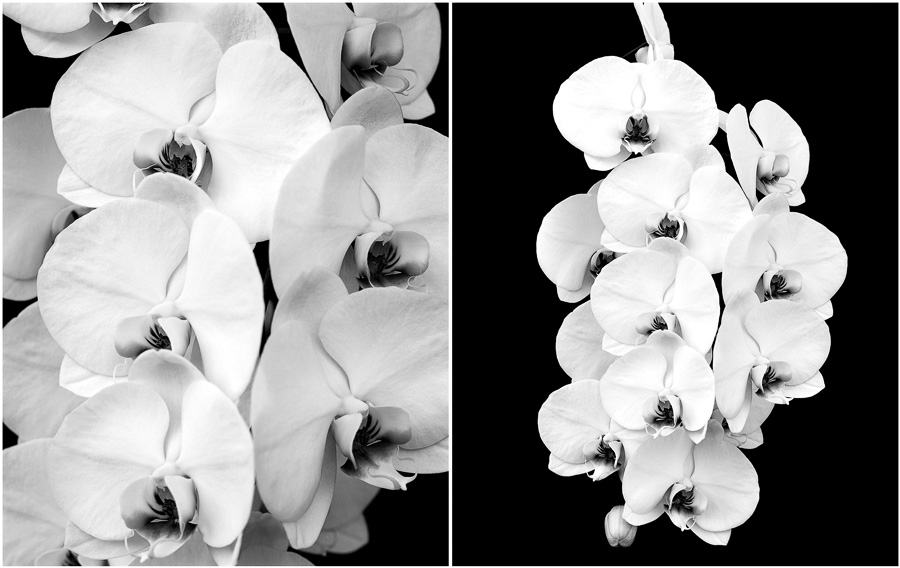
Posted in film, Oxford, Still life | No Responses »
Tags: 5x4, black&white, film, fomapan, orchids, oxford, wista, xtol
Tuesday, November 25th, 2014
Recently I managed to pick up a roll of quite unique film and these are some of my first test shots with it. The roll is 350ft long and 5 inches wide so it’s perfect for being cut down to 5×4 inch sheets to use for large format photography. The film is Kodak Plus-X Aero film that was developed for aerial photography – this is stock used by the M.O.D. and expired in 2000. During my lunch break yesterday I went into town hoping to make some test portraits because the tonal range in this film is more like what you find in wet plate photography and I wanted to know if it was going to be usable for portraits. I’m very happy with the results which look very smooth tonally and the grain is almost non existent.
[Tech info:] Polaroid 110B (modified for 5×4), Kodak Plus-X 2402 Aero film, ISO 100, processed in Rodinal 1:50 for 14 mins.

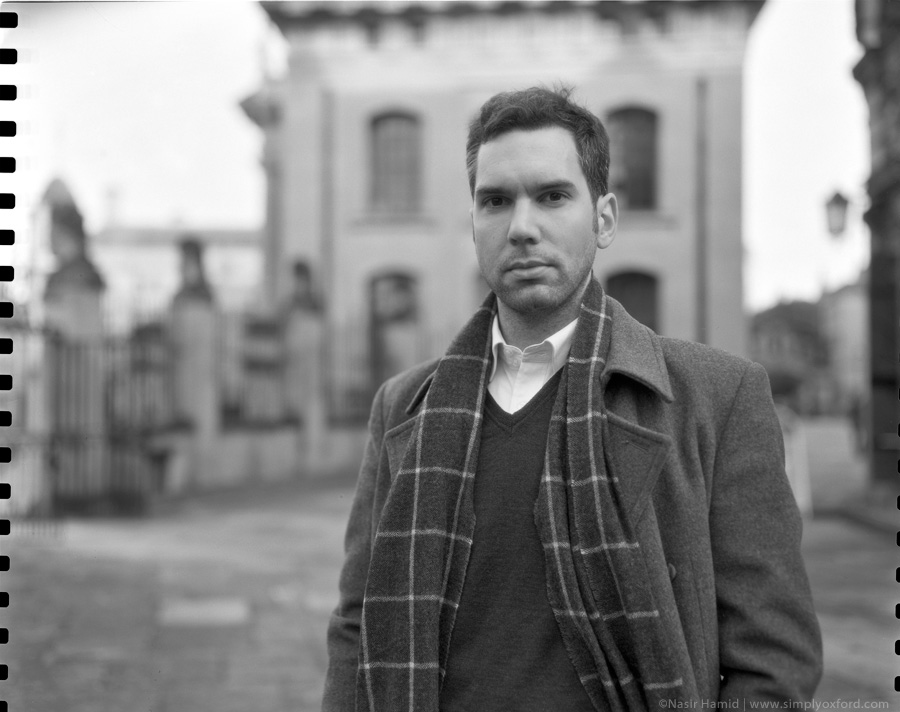
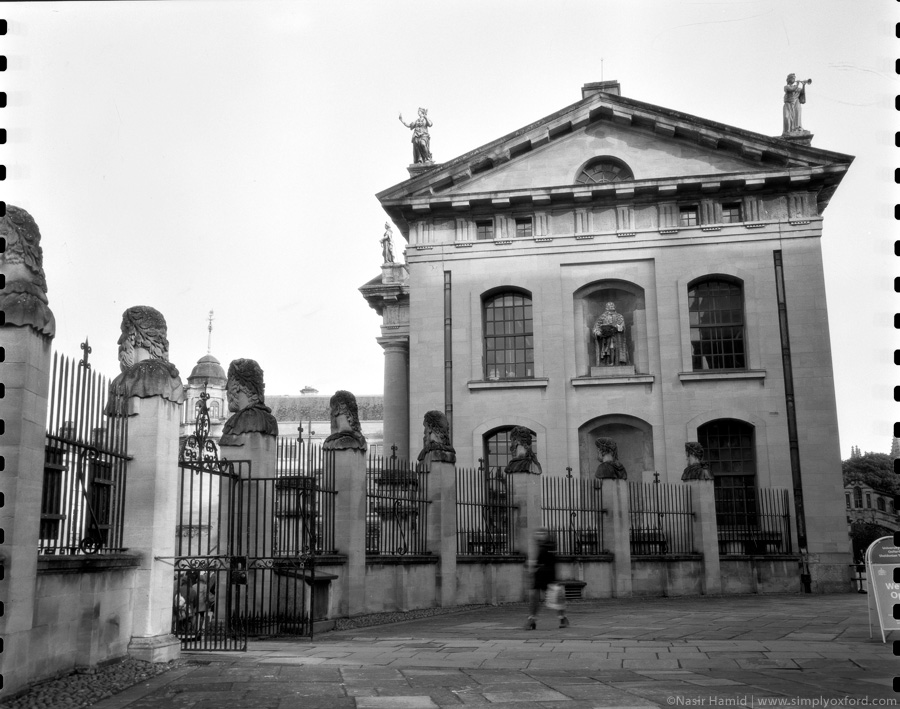
Here’s the camera I used (shown below with a roll film back). Modified by Randy at HolgaMods.com

Posted in Oxford, People, Portrait, Street portraits, students | No Responses »
Tags: 110B, 5x4, aero, black&white, film, oxford, people, plus-x, polaroid, portraits, rodinal
Monday, August 4th, 2014
Here are my first results from push processing Fuji slide duplicating film. This film is designed to make duplicate copies of slide film when projected in an enlarger with a tungsten light source. It’s not designed for regular photography in daylight but it seems to work very nicely. Not only did I use this film in conditions it wasn’t designed for I also (deliberately) cross-processed the film in the wrong chemicals. Film is amazing stuff and part of the fun is experimenting.
[Tech info:] Graflex Speed Graphic 5×4, Aero Ektar, Fuji CDU II slide duplicating film, rated at ISO 25 and pushed 1 stop in processing using Tetanol C41 chemistry.
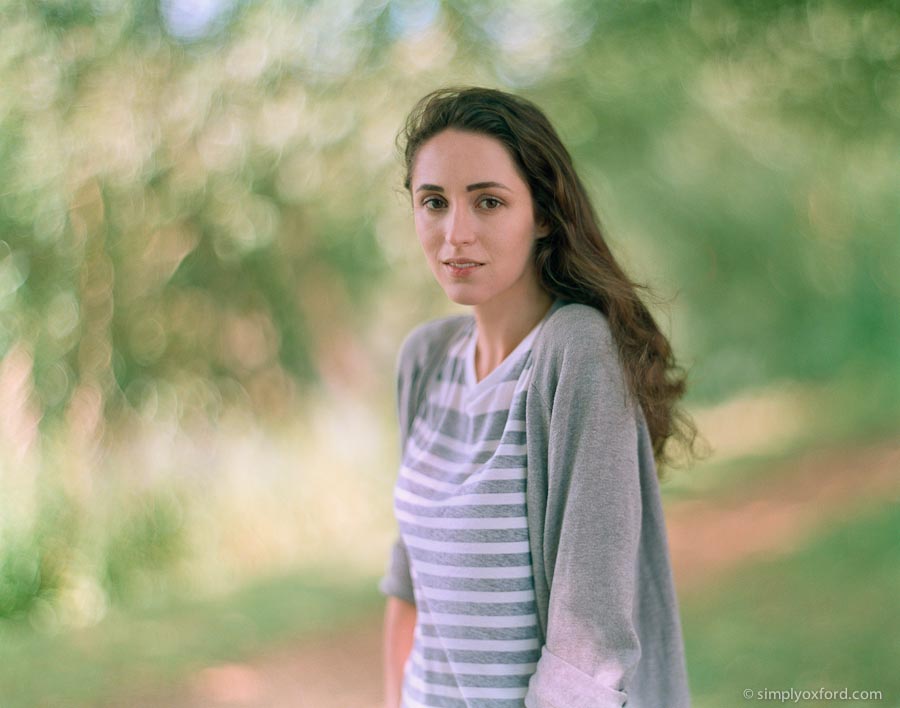
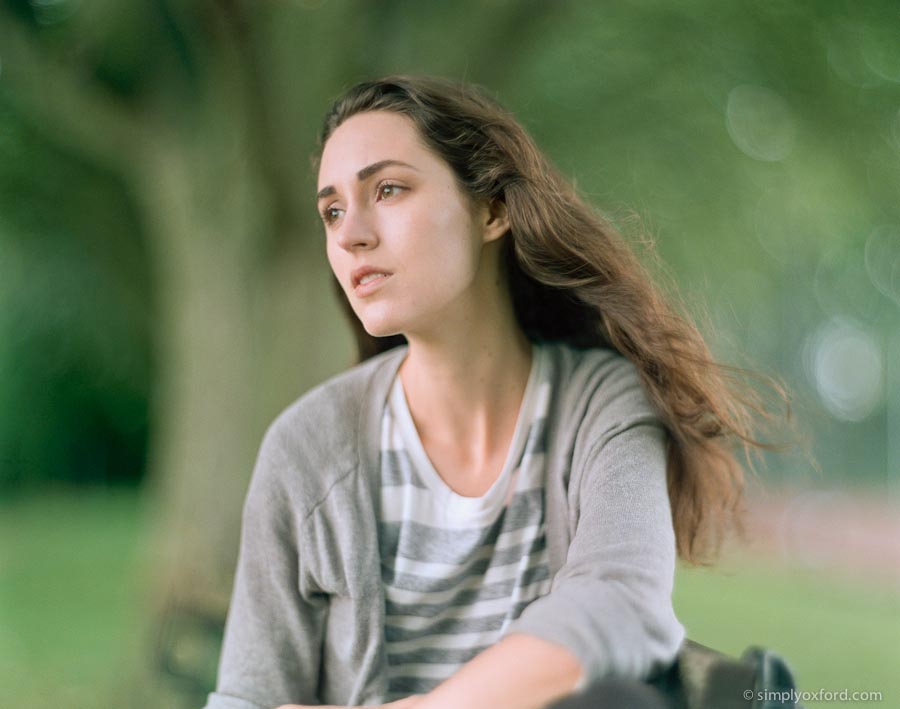
Posted in film, Oxford, Portrait, students | 9 Responses »
Tags: 5x4, aero, ariel, film, graflex, oxford, people, portraits, students, summer
Wednesday, July 9th, 2014
These shots are from a few weeks ago from possibly one of my shortest photo shoots ever – start to finish I think we spent around 15 minutes. They were all made handheld on 5×4 large format film and I really like how these have turned out. The camera is from the 1960’s and was originally designed to shoot on Polaroid film that came on a roll. It was never designed to shoot 5×4 film so the viewfinder is not 100% accurate for what will be on the film and that’s something I’m still trying to get used to which is why the top of the frame is cropped so tightly in a few of these shots. This summer I plan to do more large format film photography than I have before and I think my modified Polaroid 110B will be getting quite a bit of use.
[Tech info:] Polaroid 110B land camera (modified by Holga Mods), Ilford HP5 5×4, processed in Kodak HC110 1+31 for 5mins.
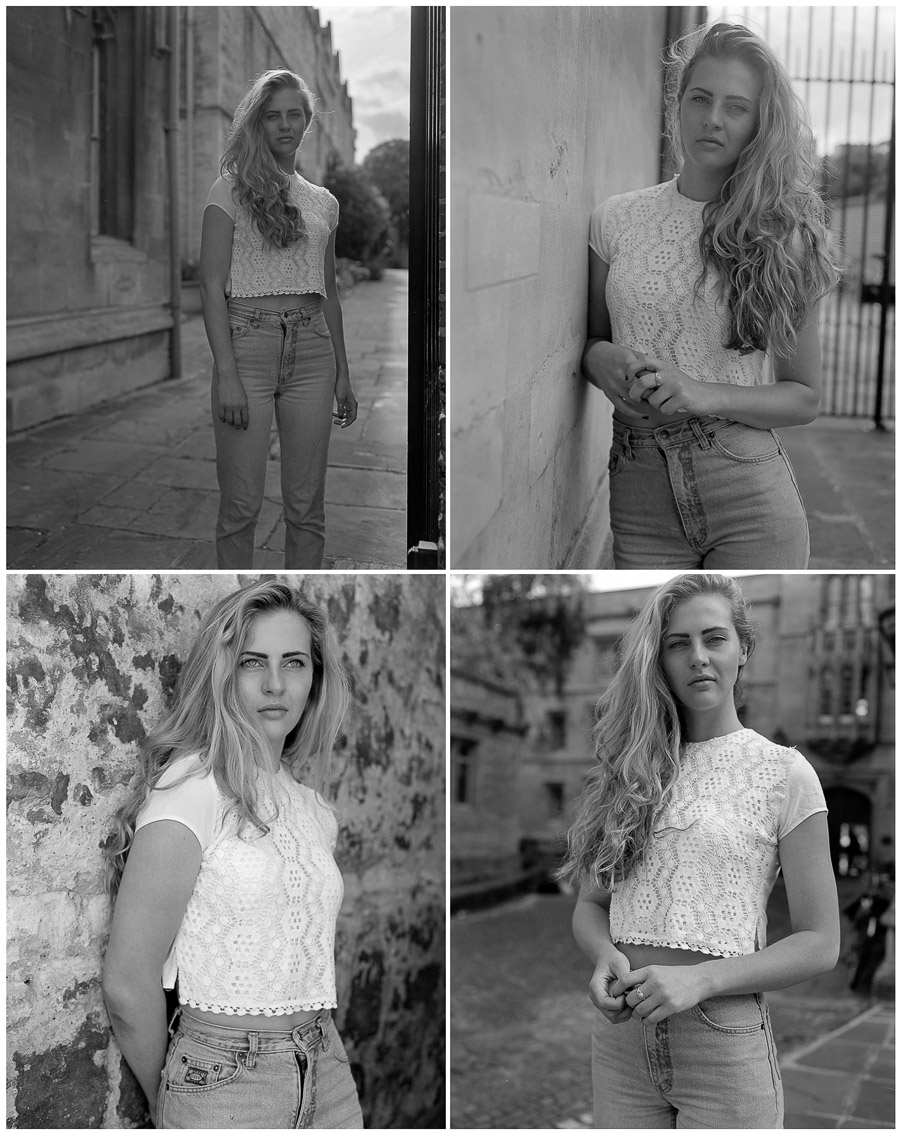
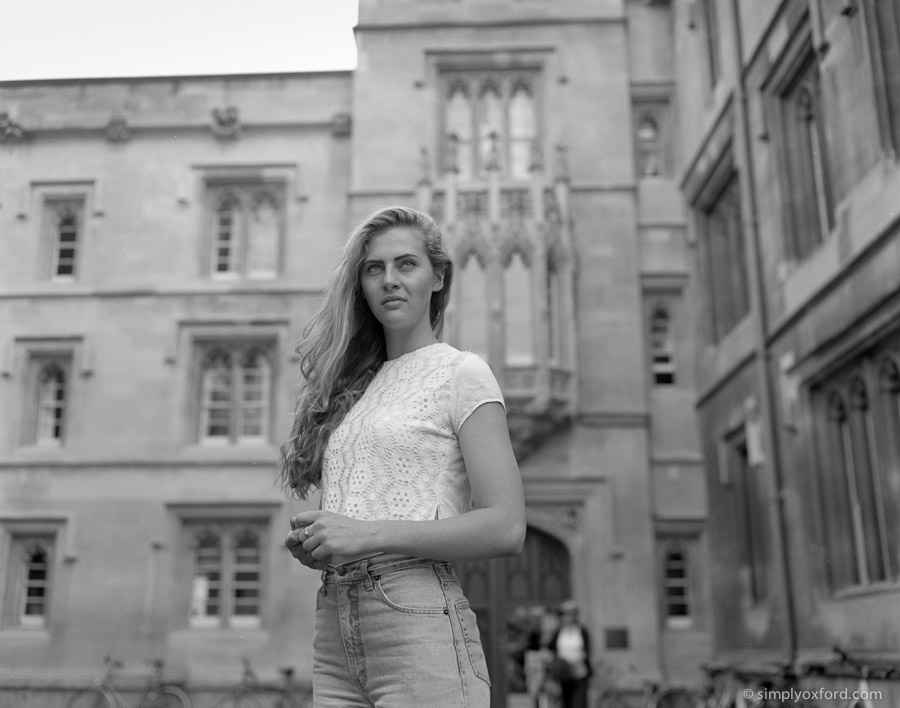
Posted in film, Oxford, Photo shoot, Portrait, students | No Responses »
Tags: 110B, 5x4, black&white, charlie, film, hc110, HP5, oxford, people, portraits, students
Monday, June 16th, 2014
These shots were all made with a Polaroid 110B Land Camera that has been modified to shoot 5×4 large format film, handheld. It can also shoot a whole host of other formats thanks to the Graflok back and I plan to do a separate post on this camera at some point. The conversion has been beautifully done by Randy of Holgamods.com and it was worth every day of the 3 months I had to wait.
[Tech info:] Polaroid 110B, Ilford HP5 film processed in Kodak HC110 1+31 for 6mins.

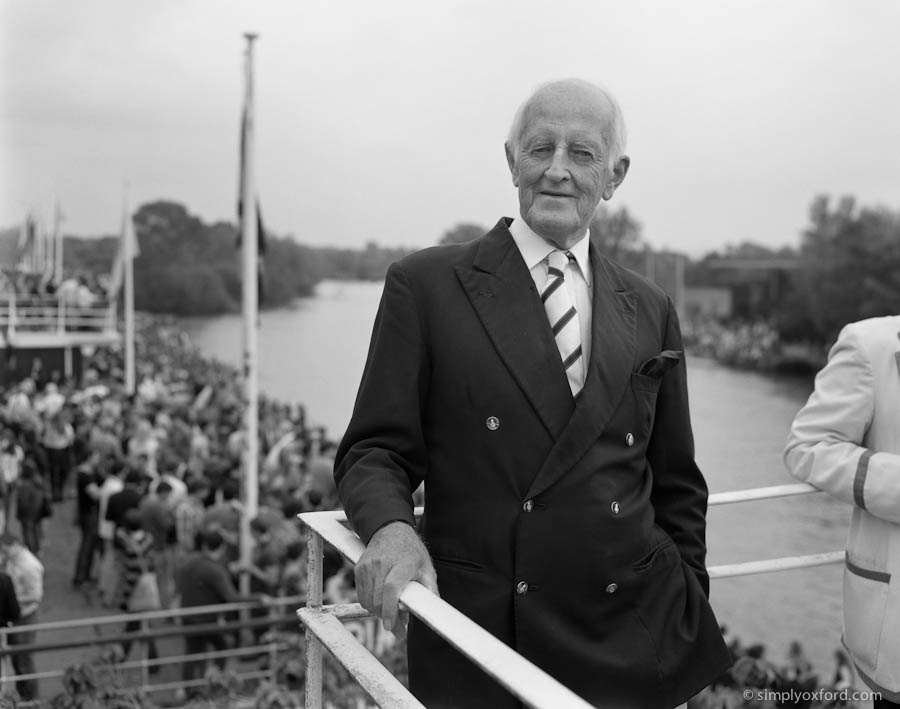
Eric rowed for Keble College in 1955.
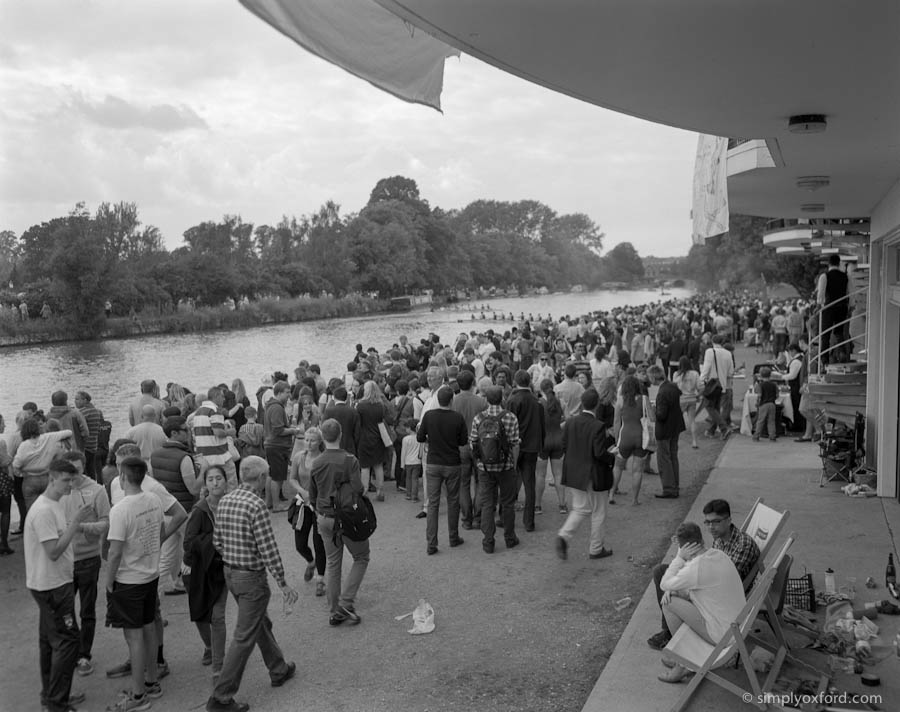
Posted in film, Oxford, People | No Responses »
Tags: 110B, 5x4, black&white, eights, film, hc110, HP5, oxford, people, sport, students, summer
Monday, October 14th, 2013
Here are a set of shots made on 5×4 large format film with Lauren. The middle two are from my first shoot with Lauren in some of the dullest and flat overcast light I have ever dared to photograph someone in, the others are from my second shoot (see the Fujiroids I posted a few days ago). I hope there will be more collaborations to come.
The maximum amount of 5×4 sheets I can process at once is six so that’s why I like to shoot them in batches of six. I love how all of these have turned out which is why I can’t choose between them so I decided to post them all. One of my favourite film/developer combo’s for quite a while has been Ilford HP5 developed in Kodak HC110 but recently I’ve been testing out Kodak Xtol and I have to say it’s hard to go wrong with it. I found the secret to mixing Xtol successfully is to use hot water which helps the fine powder dissolve.
[Tech info:] Graflex Speed Graphic, Schneider 180/4.5 (top & bottom), Pentac 8inch/2.9 (middle), Ilford HP5 processed in Kodak Xtol stock for 8.5mins.
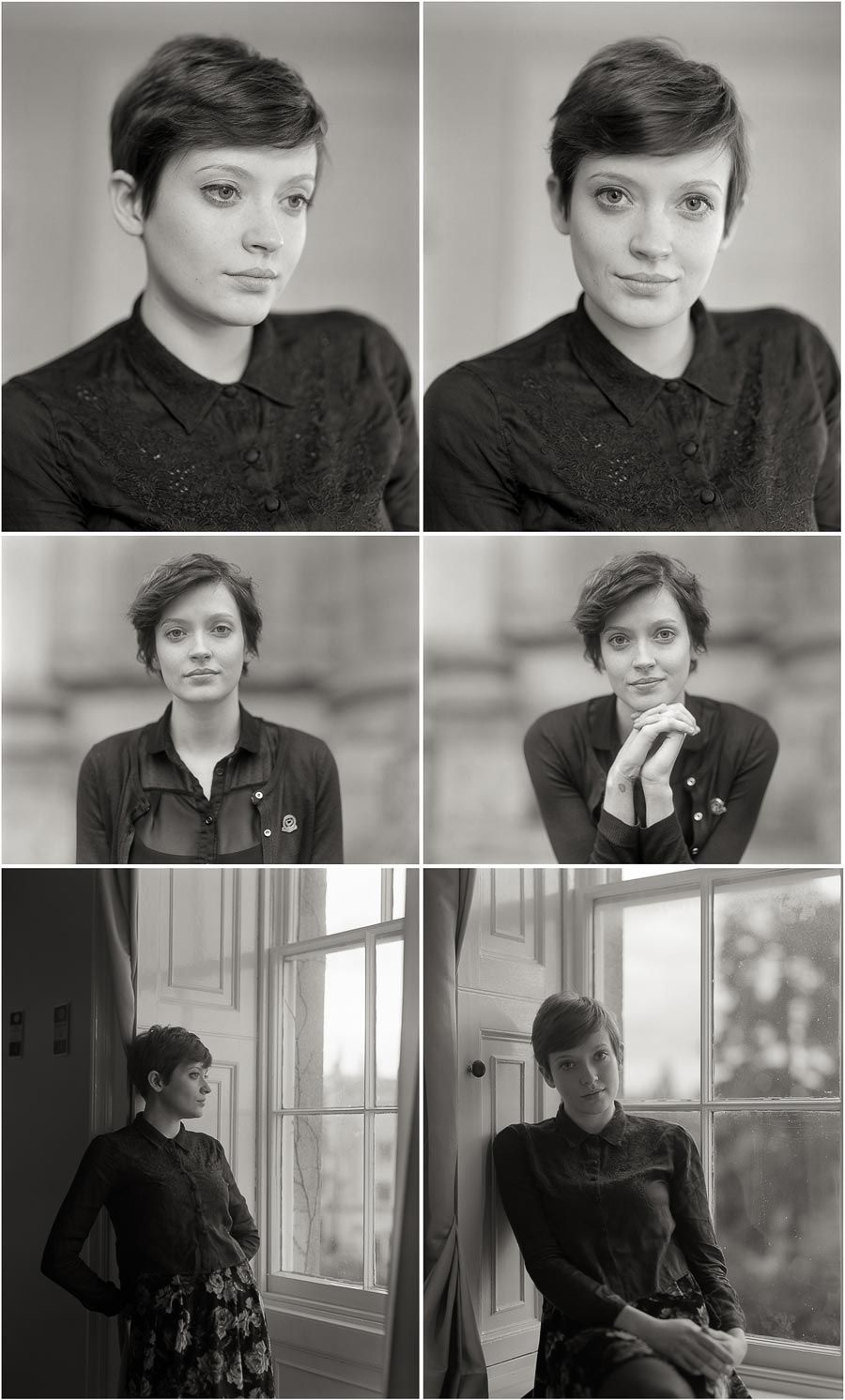
Posted in film, Oxford, People, Photo shoot, Portrait, students | 4 Responses »
Tags: 5x4, black&white, film, graflex, HP5, oxford, pentac, people, portraits, students, xtol
Thursday, September 19th, 2013
Here are some large format portraits I made recently with one of my favourite camera, lens and film combos. The camera is from the 1940’s or 50’s, not quite sure, but I do know the lens was used for aerial photography during the second world war and judging by the condition of the paintwork it saw some action. The nice thing about this particular lens is the shallow depth of field and the way it renders everything with a beautiful smoothness but you can’t really appreciate the image quality in web resolution images.
[Tech info:] Speed Graphic 5×4, Pentac f2.9 lens @ f3.5, Ilford HP5 film processed in Kodak HC110 1+31.
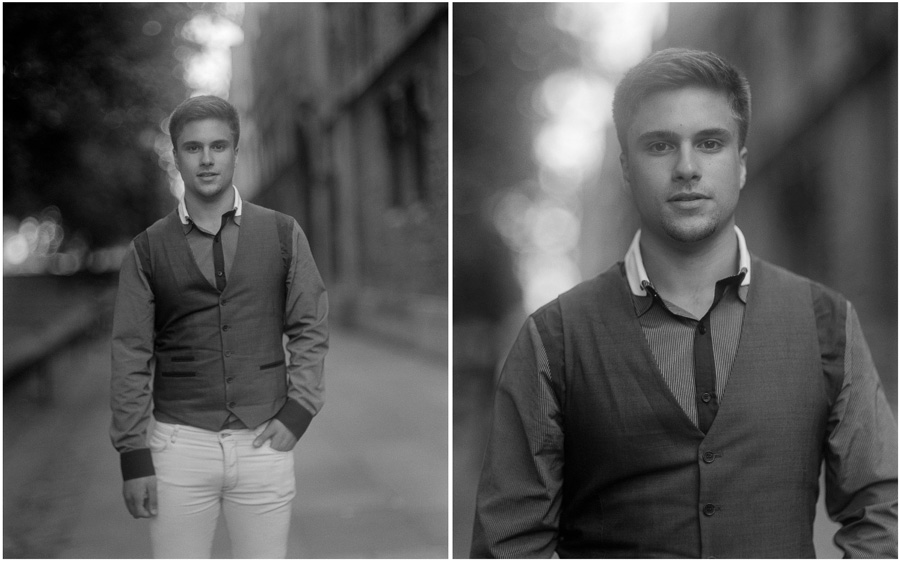
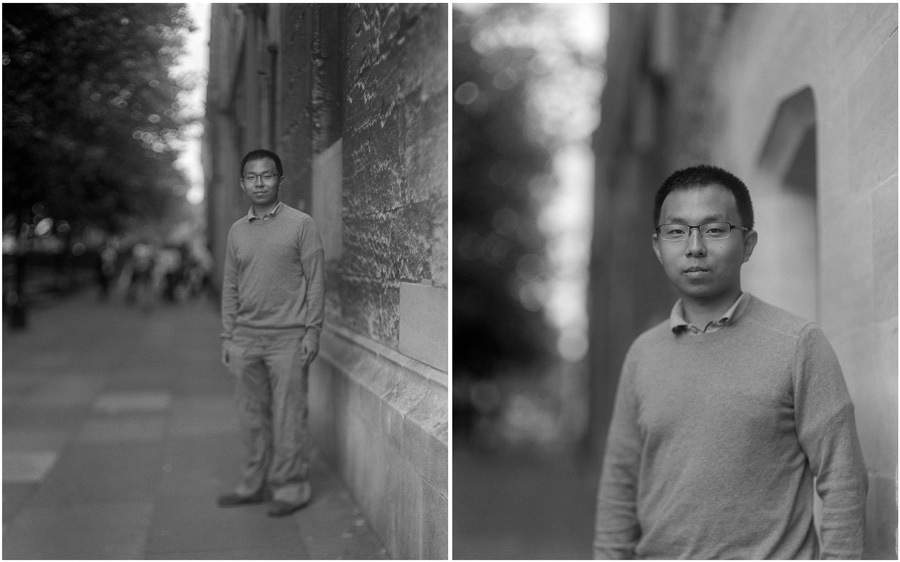
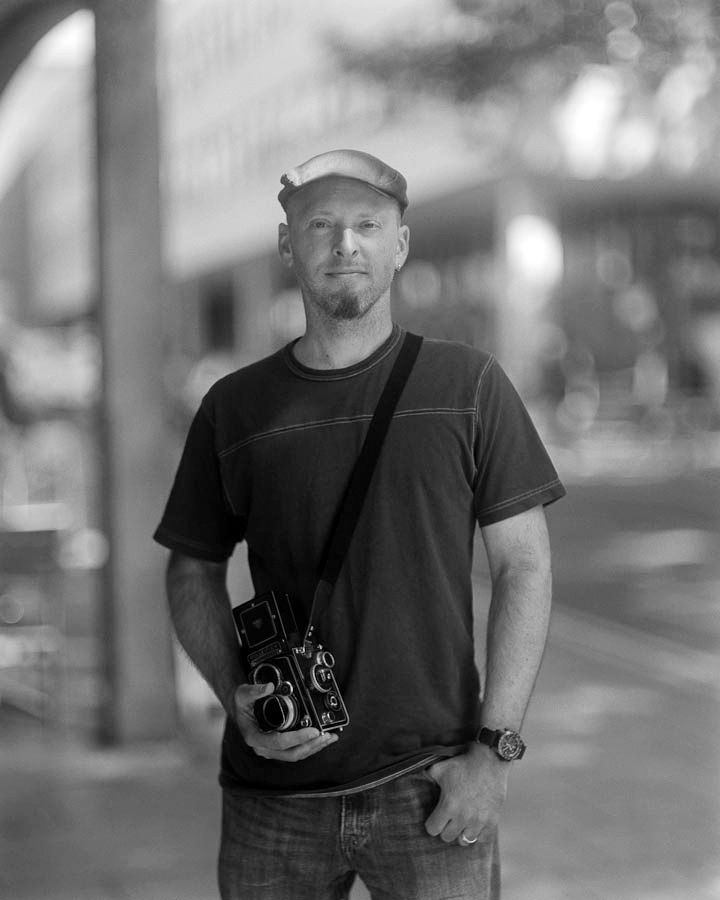
Posted in film, Oxford, Portrait, Street portraits | 4 Responses »
Tags: 5x4, black&white, film, graflex, hc110, HP5, oxford, pentac, people, portraits, speed graphic
Sunday, August 4th, 2013
Now that I’ve got a batch of C41 colour film chemistry mixed up I decided to use some large format colour film this week which I don’t usually get to use. My go to 5×4 camera tends to be a Speed Graphic because of its built in shutter and the choice of old lenses this allows me to use but the film I wanted to use has an ISO rating of 12 which means it needs a ton of light and the Speed Graphic doesn’t have a shutter speed slower than 1/30 so I ended up using my Wista Field camera which is a lot lighter and a joy to use. I bought my Wista brand new in 1990 and it’s still going strong. Back then it was a magnet every time I used it on the streets and it’s still the same now although the questions people ask me now are different, for example a common one is ‘can you still get film for that?’ The answer is yes.
These images were all made on film that isn’t designed to be used outdoors, it’s meant for duplicating existing film with the use of an enlarger and a tungsten light source but I’ve found that it works nicely outdoors. The Top image of the Ashmolean Museum and the left hand shot of the Triumph motorbike were made with Fuji slide duplicating film that expired in 2011 and the other four shots were all made with Kodak internegative film that expired in 1991. I’ve posted the two motorbike shots side by side for a comparison between both film types. The Fuji film is designed to be processed in E6 chemistry to give a positive transparency but here I’ve cross-processed it in C41 chemistry to see what would happen. I’m pleased with the results. Next I want to try using it for a portrait. Any volunteers?
[Tech info:] Wista field 5×4 camera and Schneider 180mm and 90mm lenses. Kodak inernegative and Fuji CDII slide duplicating film, both exposed at ISO12.
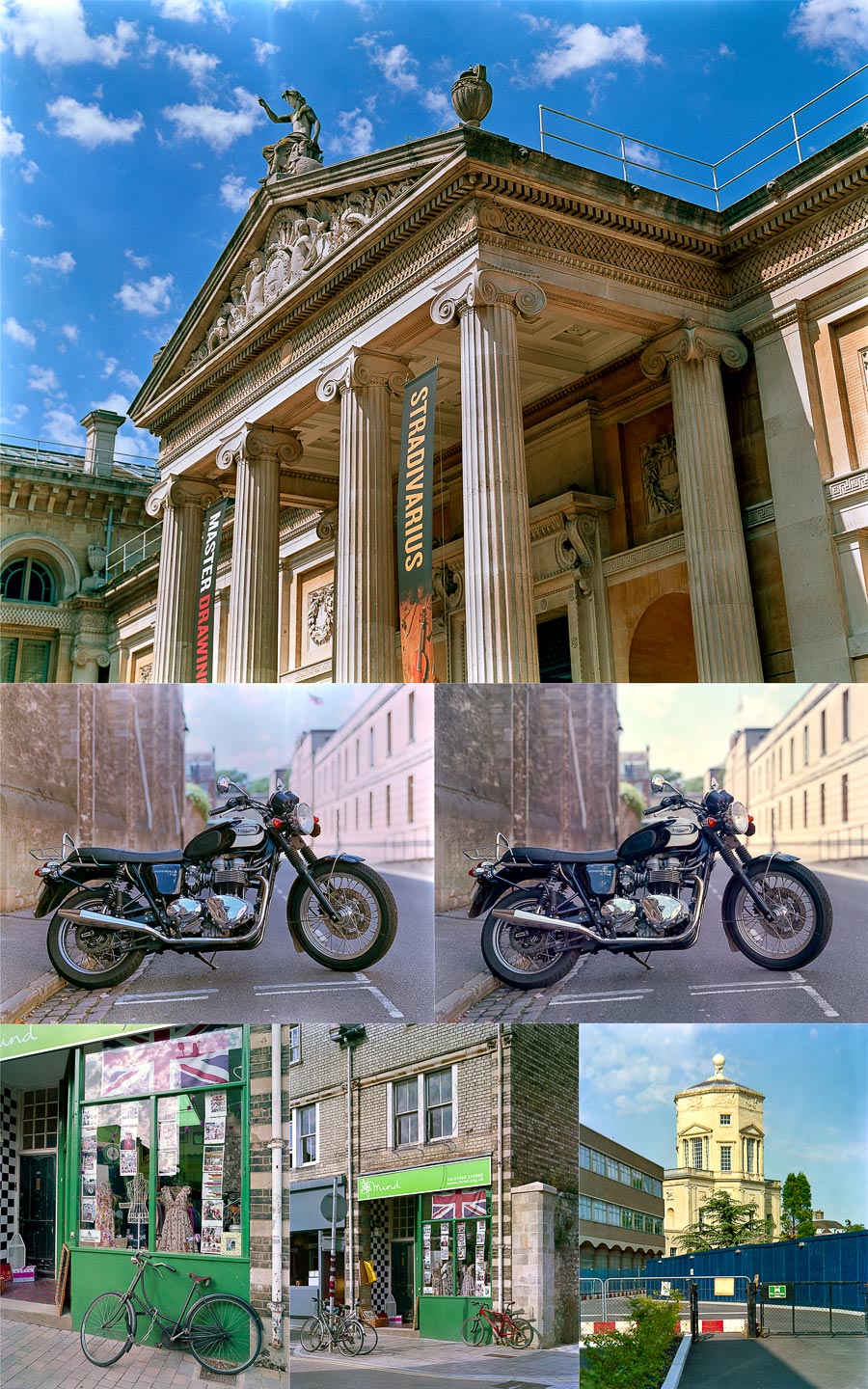
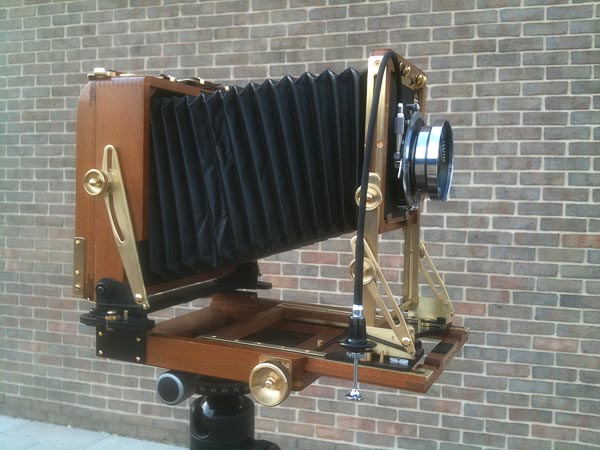
Wista Field 5×4 large format
Posted in Equipment, film, Oxford | No Responses »
Tags: 5x4, c41, cdii, film, fuji, oxford, summer, wista, xpro
Saturday, August 3rd, 2013
Today I had a little spare time just before midday so I went over to the Meadow lane skatepark to see if I could make some portraits before it started to rain. There weren’t many people there but I did manage to make these two portraits before heading back home.
[Tech info:] Graflex Speed Graphic 5×4, Kodak Aero Ektar lens, Fuji FP-100C instant pack film.
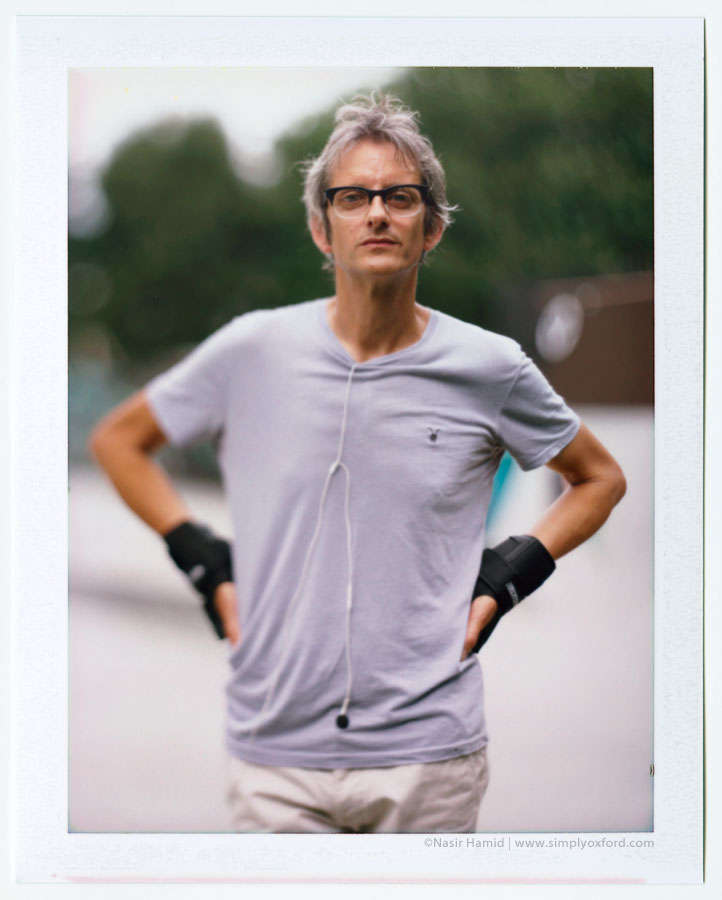
Skateboarder
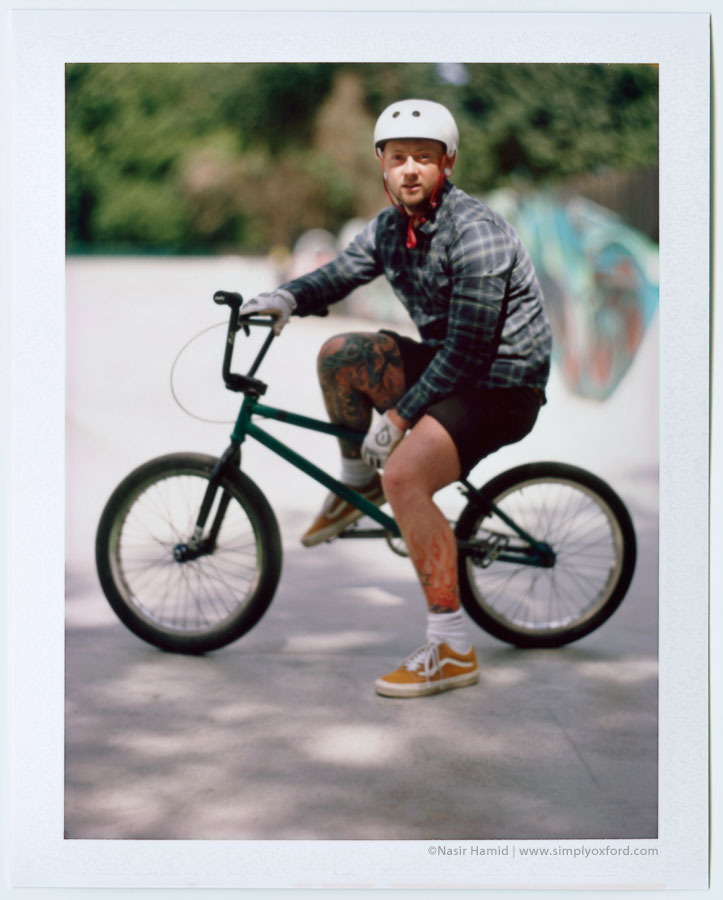
BMX rider
Posted in film, Oxford, Portrait, Sport | No Responses »
Tags: 5x4, bmx, film, fujiroid, graflex, owp, oxford, people, portraits, summer
Monday, July 15th, 2013
These images were all made with Kodak inernegative film that expired in May 1991. It was originally designed to make a colour negative from slide film and is tungsten balanced because you are meant to project the slide film through an enlarger onto this film. I bought a batch of this film to experiment with but because it’s effective film speed is very slow it needs a lot of light which limits when I can use it. Fortunately we’re going through a spell of sunny weather here in Oxford at the moment so I decided to give this film a try with Tamsin last week. I only took six sheets of film with me and here are all six frames.
[Tech info:] Speed Graphic 5×4, Aero Ektar lens (apart from middle right which was with a Schneider 180/4.5), Kodak internegative film (expired May 1991).

Posted in Equipment, film, Oxford, People, Photo shoot, Portrait, students | 4 Responses »
Tags: 5x4, c41, film, interneg, oxford, people, portraits, students, summer, tamsin
Wednesday, July 10th, 2013
These are Fujiroid portraits (similar to Polaroid) that I made of some of the performers at Giffords Circus when they came to University Parks here in Oxford. The diptych ones were made on the last day during the last performance backstage as the circus was getting packed up and moved out. I really wished I had had more time to make some more. Hopefully next time. Some of these scans are from the prints, others from the bleached negatives. There is a lot more shadow detail in the negatives and they have a completely different look and feel to the prints.
[Tech info]: Graflex Super D 5×4, 190mm lens, Fuji FP-100C instant pack film. The diptych’s were made with a Mamiya RB67 and 90mm lens.

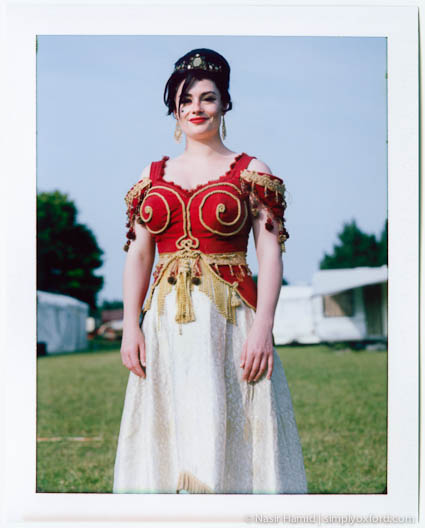
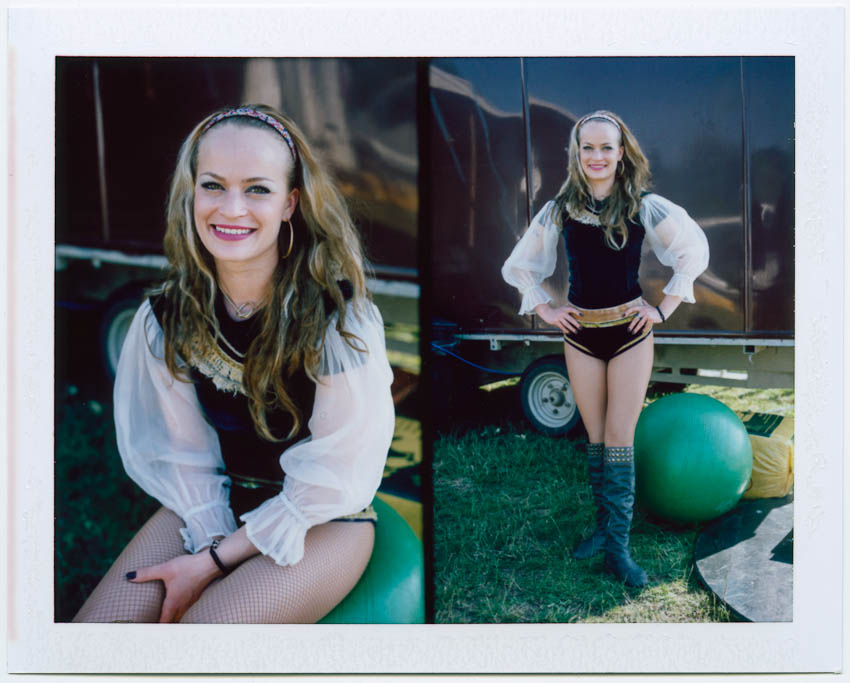
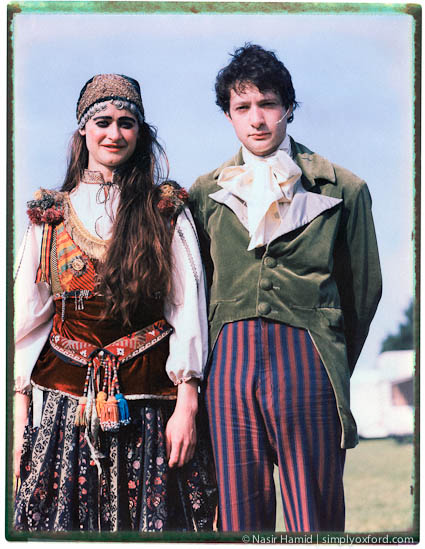
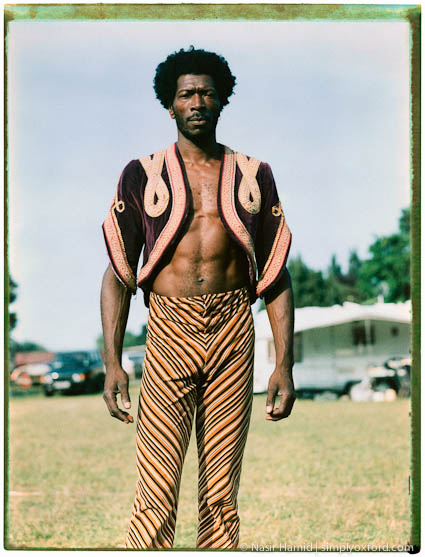
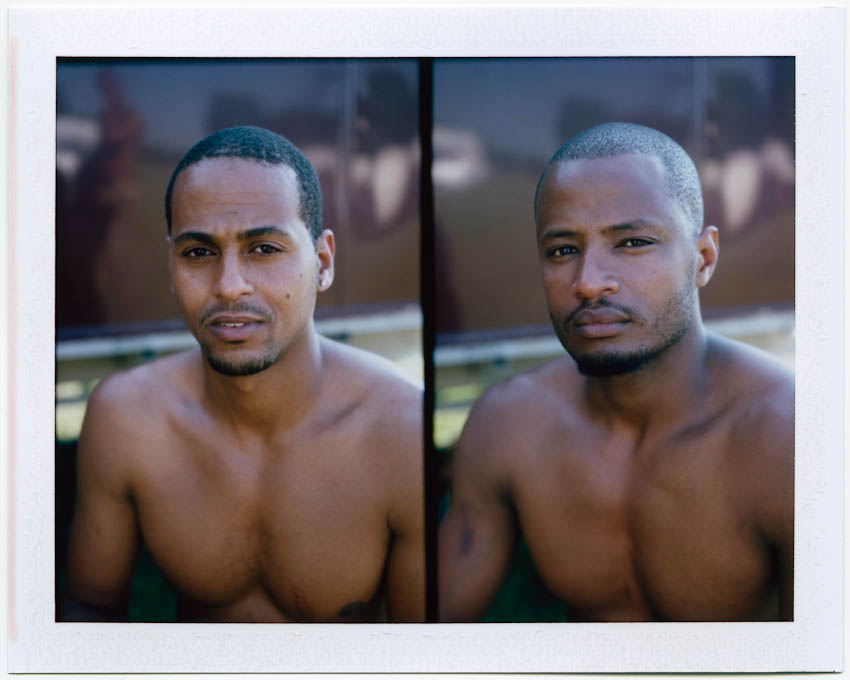
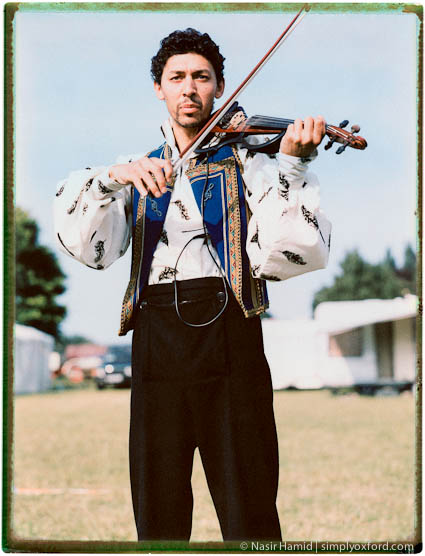
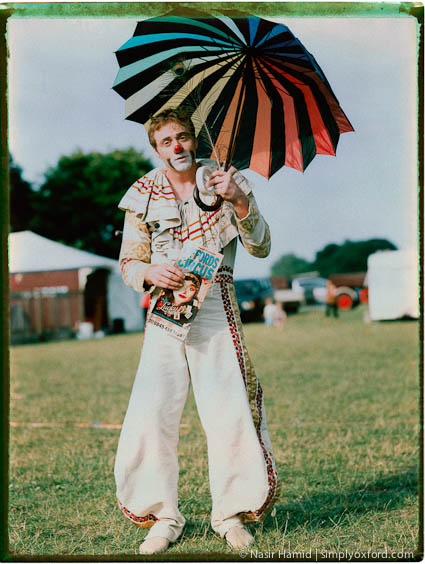
Posted in film, Oxford, People, Portrait | No Responses »
Tags: 5x4, backstage, diptych, film, fp100c, fujiroid, graflex, oxford, people, portraits, rb67, super d
Tuesday, July 9th, 2013
A few Fujiroids (just like Polaroids) from a photo shoot I had with Tamsin. I also shot some 5×4 large format colour film that expired in 1991 so I’m looking forward to processing those. The bottom two shots are a little under-exposed because I metered for the highlights instead of splitting the difference between highlights and shadows. That’s something that can happen when you’re rushing. The sun was moving quite fast and between the time of composing the shot, focussing, cranking the shutter and putting the film into the back of the camera the light had changed and Tamsin was in complete shadow so I had to work fast.
[Tech info:] Graflex Speed Graphic 5×4, Kodak Aero Ektar lens (top & bottom left) Schneider 180/4.5 (bottom right) on Fuji FP-100C instant pack film.
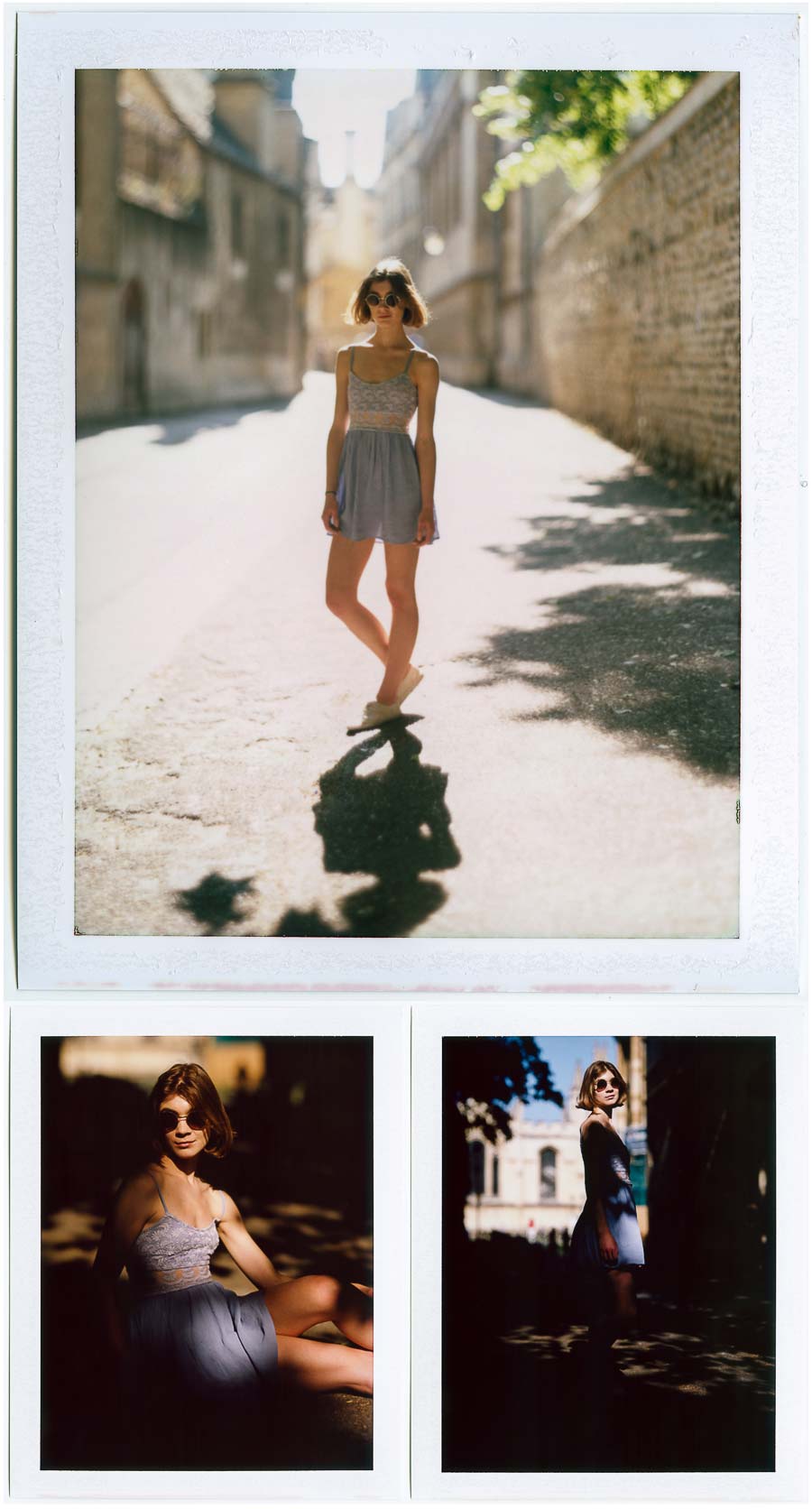
Posted in film, Oxford, People, Photo shoot, Portrait, students | 1 Response »
Tags: 5x4, aero, film, fujiroid, graflex, oxford, portraits, students, summer, tamsin






























